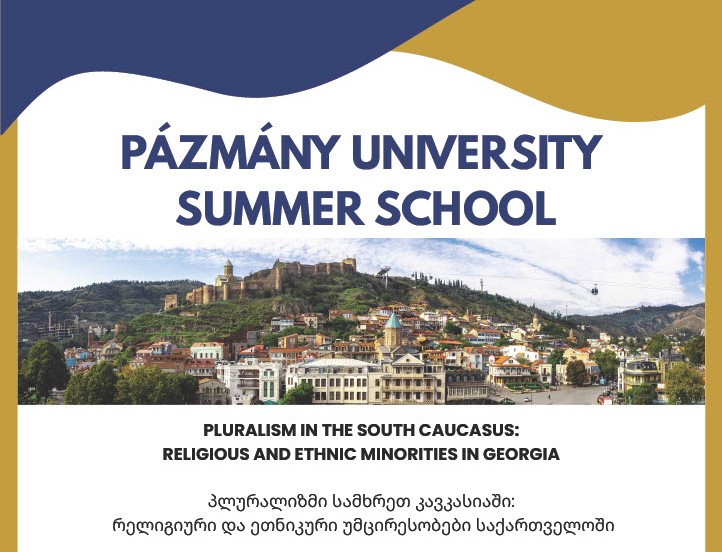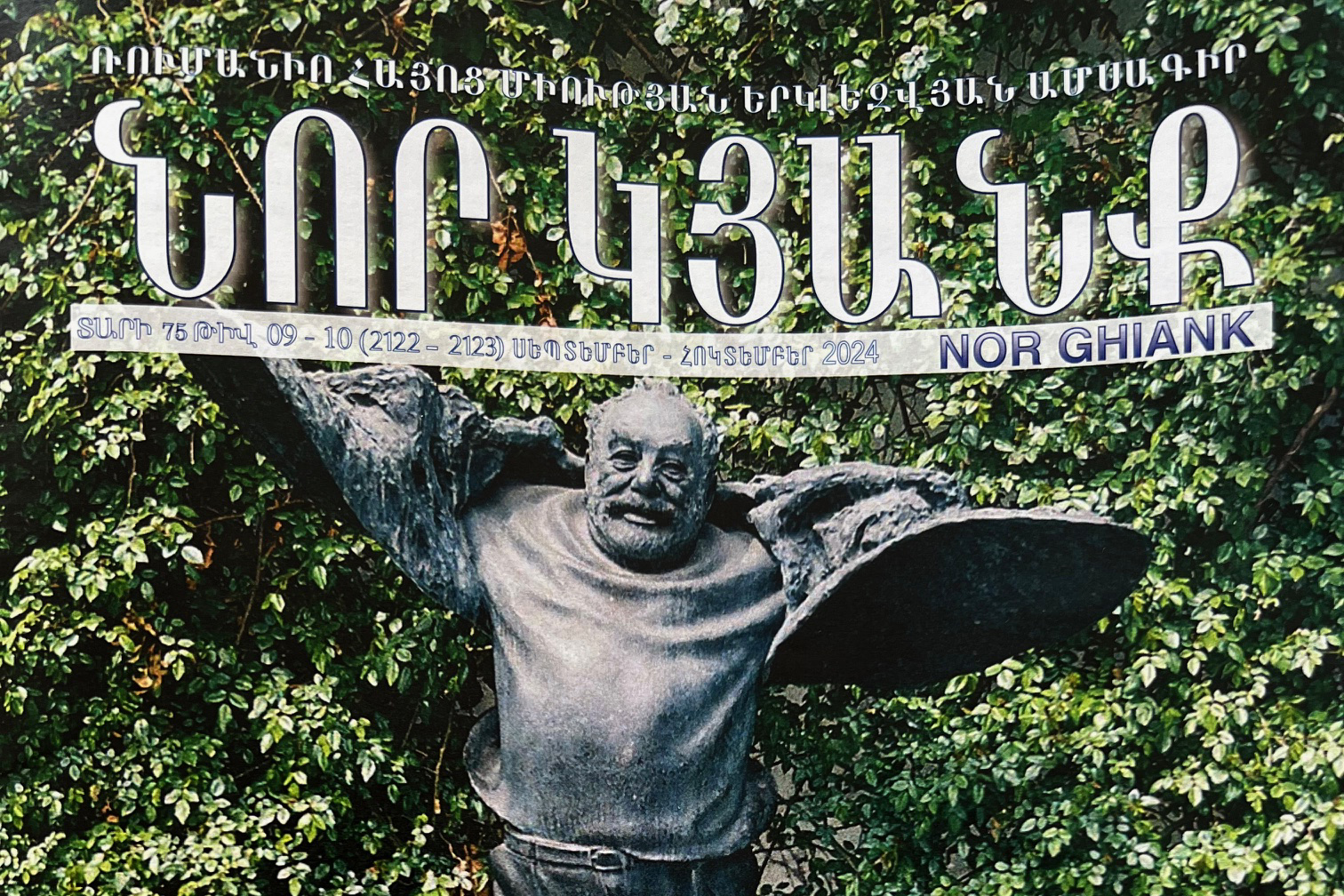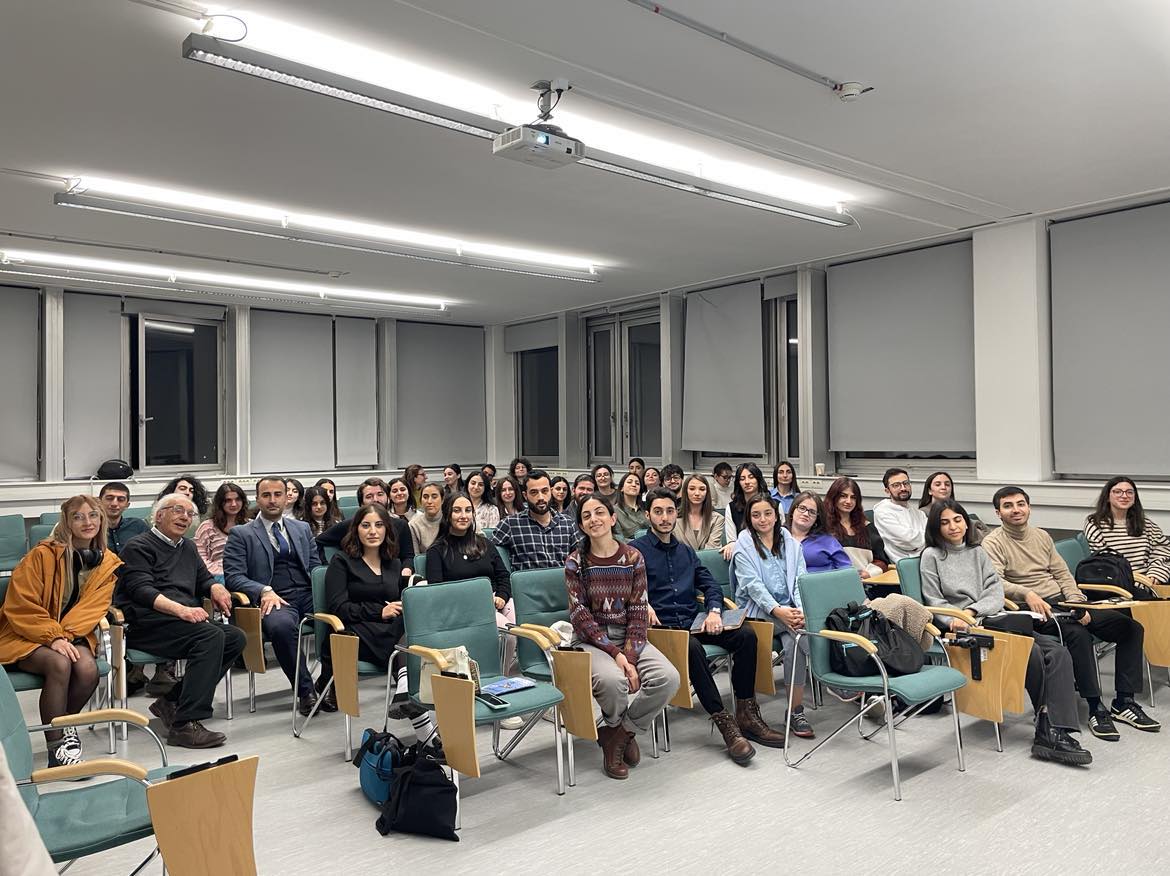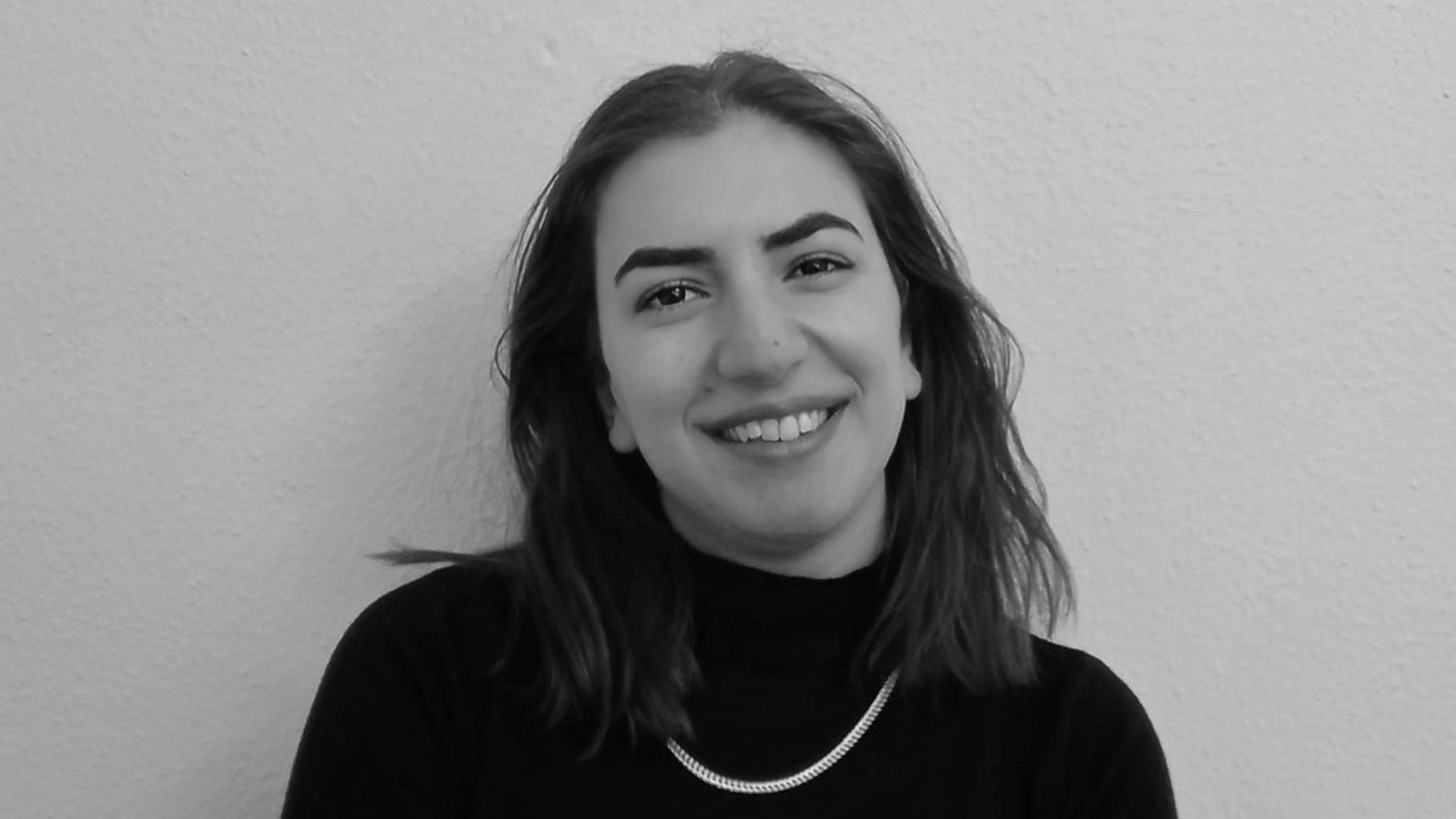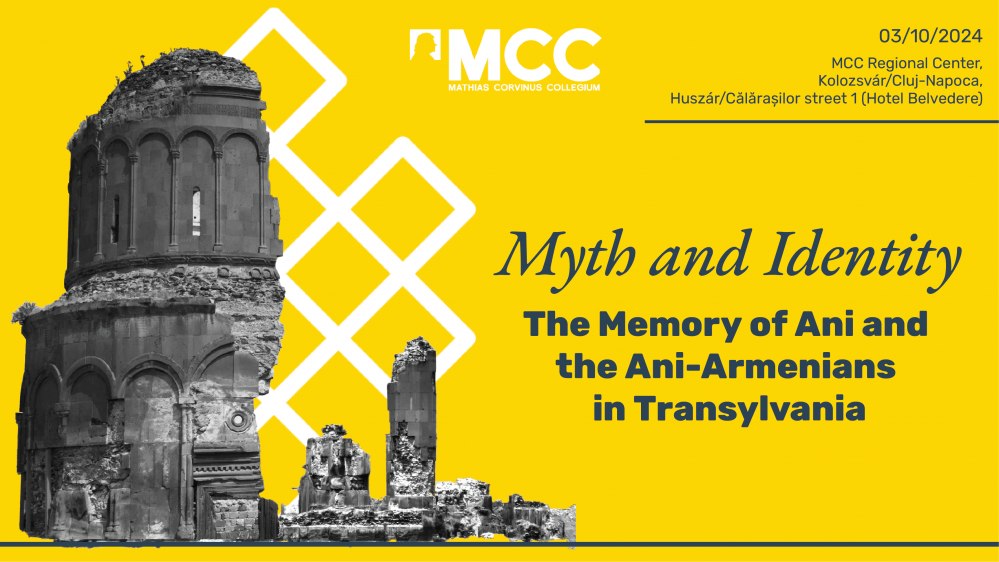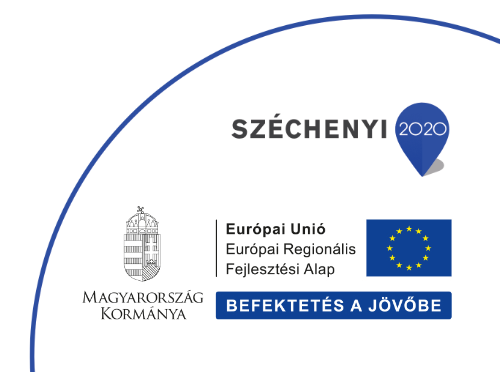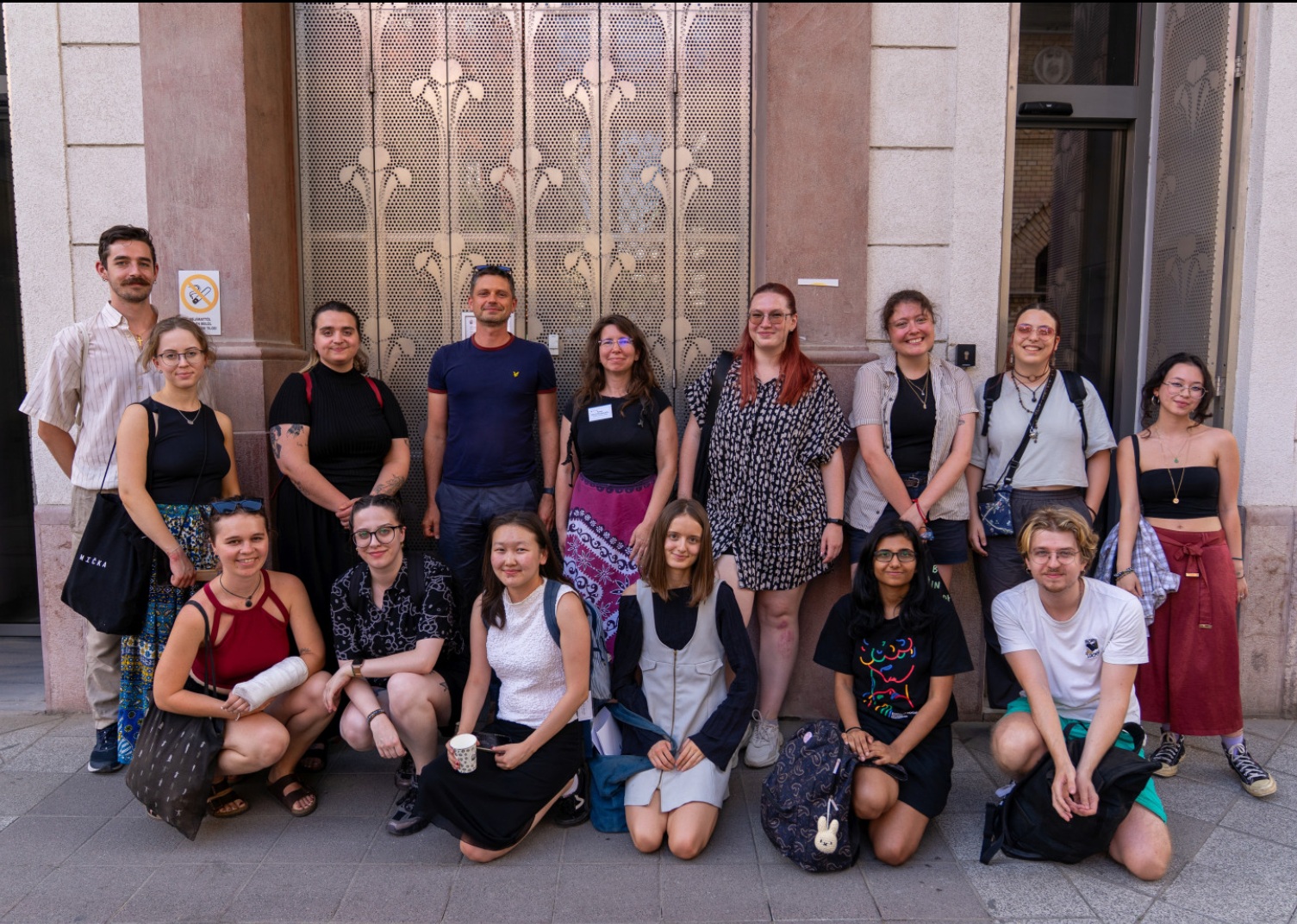
Georgia (Grúzia) etnikai és vallási kisebbségeiről szervezett nagy sikerű nyári egyetemet a Pázmány Péter Katolikus Egyetem Bölcsészet- és Társadalomtudományi Karának (PPKE BTK) Armenológiai Tanszéke június 28. és július 2. között. Kilenc országból érkeztek hallgatók a Pluralism in the South Caucasus: Religious and Ethnic Minorities in Georgia címet viselő programra.



